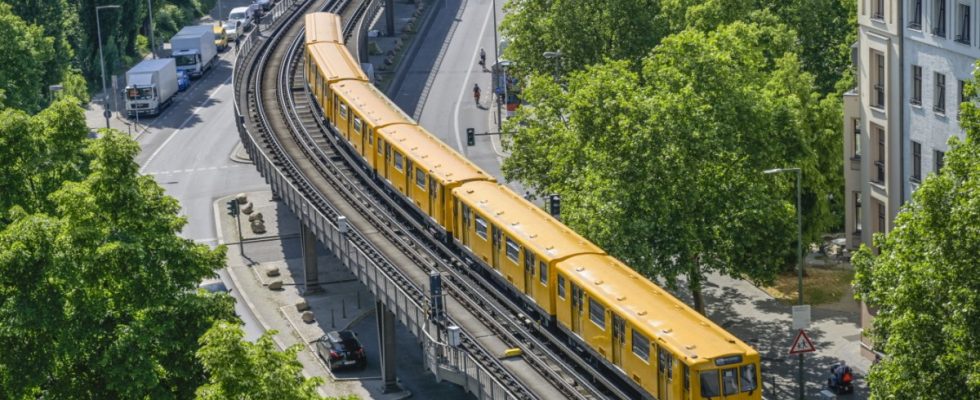Part of being a big city is that those who run and manage it think big. Berlin has a special obligation, as it has always been a laboratory for ideas. In this respect, it was not surprising that the Berlin CDU presented the following vision not long after coming to power: the capital should have a magnetic levitation train. A means of transport that couldn’t be more futuristic, fast, quiet and driverless. That can be powered by solar energy, transport goods and people and can travel both at ground level and above ground. A means of transport that is connected to megacities like Shanghai or Singapore, which is exactly the opposite of the experiences you have with public transport in Berlin every day.
Buses are canceled because the staff is sick, and there is always a replacement rail service somewhere on the S-Bahn. The subway line 2 was interrupted for months after a subway tunnel was damaged during construction work on a high-rise building, while the subway line 6 only ran at a reduced frequency because metal thieves had stolen the live cables. The reaction in the capital was correspondingly euphoric when the parliamentary group leader of the Berlin CDU, Dirk Stettner, described the test route he had in mind: five to seven kilometers in the city center, for 80 million euros. Berlin needs such innovative projects, said Ute Bonde, head of the Berlin-Brandenburg transport association, to broadcaster RBB. “We can’t stand by when cities like Hamburg or Paris are the pioneers and we watch behind them.”
The test drive of a maglev train in 1988 ended with little glory
While Bavaria’s Prime Minister has just warmed up plans for magnetic levitation, disillusionment has now set in in Berlin. Because traffic experts have calculated the costs. According to a feasibility study on new local transport technologies published by the Federal Ministry of Transport in 2021, these are up to 25 million euros per kilometer of magnetic levitation train, i.e. significantly higher than estimated. We know from history how spectacularly one can miscalculate transport projects in Berlin, see BER. By the way, there is also a magnetic railway in Berlin’s history. In the mid-1980s, this line M ran on a trial basis between Gleisdreieck and Kemperplatz – until it had to give way to other transport projects after the fall of the Berlin Wall and was scrapped. Even the trial run didn’t go smoothly; in 1988, a test vehicle derailed when it entered a train station too quickly.
The Berlin traffic expert Andreas Knie calls the magnetic levitation train “out of time”. On the one hand, because it is designed for long distances and not for dense local traffic. On the other hand, because it is not compatible with the wheel-rail system on which trains, subways and trams run. So you have to graft a completely new infrastructure onto an infrastructure that you already have, which is uneconomical and offers no advantages.
Knie thinks the idea is a “red herring.” Modern transport policy must be concerned with improving the situation in large cities, which can only be achieved if habits are changed and, in particular, car traffic is curbed. But that is the most thankless task of all for politicians, “it’s better to get there with a magnetic levitation train.”

